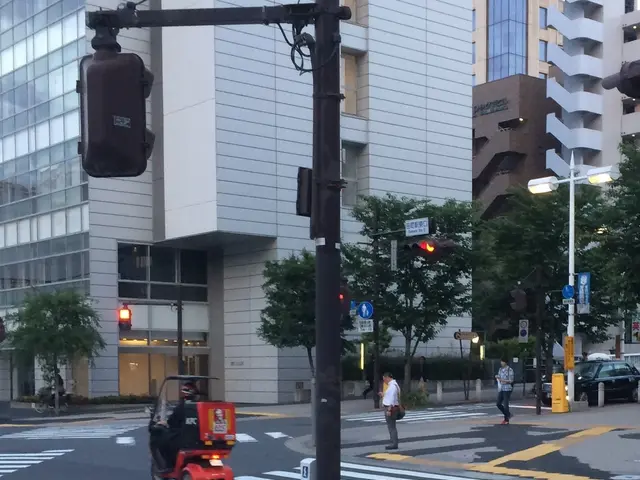Exploring the Unique Symptoms of a Malfunctioning Speaker and Offering Potential Fixes
In the realm of audio setups, a blown speaker can be a frustrating issue. This article aims to provide a clear understanding of what a blown speaker is, its common symptoms, and how to address the problem.
A blown speaker is often characterised by distorted audio, particularly in midrange frequencies, rattling noises, reduced bass response, complete silence, or intermittent sound. These sounds typically result from overheating of the voice coil, physical damage to the cone or surround, or coil misalignment from excessive power or clipping.
When suspecting a blown speaker, it's crucial to conduct a careful observation and basic troubleshooting before making any decisions about repair or replacement. In some cases, a blown speaker can be repaired, but the feasibility depends on the extent of the damage and the type of speaker.
Regular maintenance of your speakers is essential. This includes inspecting them for any visible damage, keeping them clean and free from dust, and avoiding placing them in areas with extreme temperature fluctuations or moisture. Regular inspection can alert you to problems before they lead to severe damage.
If the damage is too extensive, purchasing a new speaker might be the best option. When buying a new speaker, consider the type and specifications required for your audio system to avoid the same issue in the future. Upgrading to higher-quality speakers can be a worthwhile investment for better sound performance, clarity, and an overall more immersive audio experience.
Additional diagnostic advice includes testing the speaker with multiple audio sources to isolate the issue from amplifier or wiring faults and using a multimeter to check if the impedance is significantly lower than the speaker’s rating, confirming coil failure.
Avoid driving a speaker with these symptoms at high volume, as it can worsen damage or affect connected equipment. If these sounds are present, the speaker likely needs repair or replacement. Regularly inspecting speakers for visible damage or wear and securing proper connections can help prevent overheating components and subsequent damage to speakers.
Maintaining volume levels can help prevent overheating components and subsequent damage to speakers. Higher-quality speakers are often designed to handle a wider range of frequencies and provide a more balanced sound, which can greatly enhance your listening experience.
Preventing speaker blowouts starts with proper usage and understanding of your audio system's capabilities, such as ensuring that your amplifier's power rating matches the speaker's capacity. By following these guidelines, you can ensure a long and healthy life for your speakers, providing you with the best possible audio experience.
Read also:
- Joe Rogan popularized the archaeological site of Gobeklitepe as a modern-day enigma.
- Kobo, a prominent e-reading platform managed by Rakuten, relies excessively on third parties for its software operations.
- Electronic reading devices Barnes & Noble NOOK are available at reduced prices, both in their online store and physical bookshops - during Prime Day promotion
- Chicago Sports Network assigns significant task to Mobile TV Group's 56FLEX for broadcasting sports events







